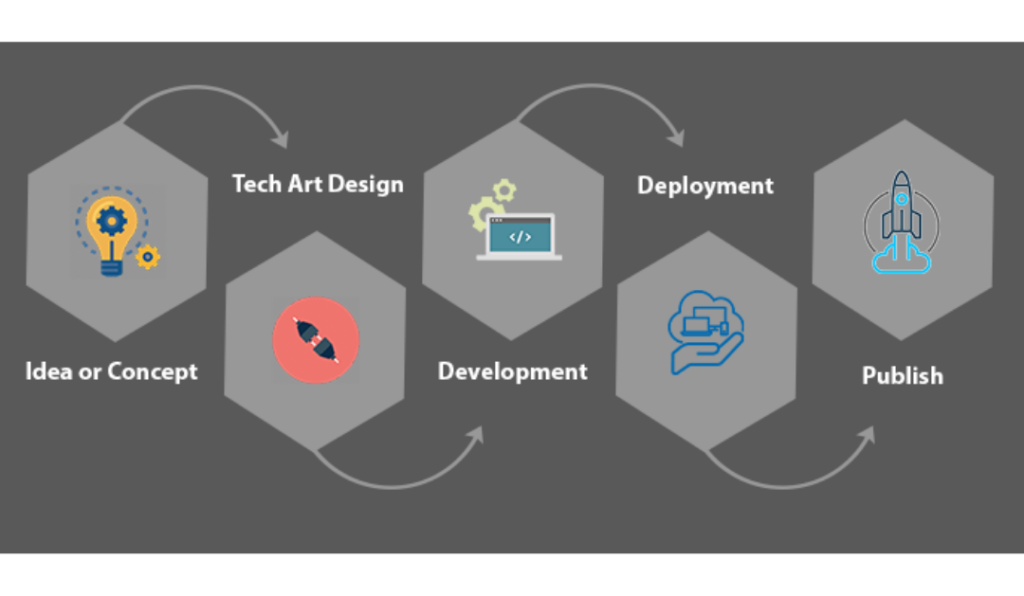Introduction: Welcome, fellow investors, to an exhilarating expedition into the realm of Ethereum 2.0 ProAir’s scalability challenges and the pathways to surmounting them. I’m thrilled to guide you through an adventure deep into the heart of blockchain technology, where we’ll unravel the mysteries surrounding Ethereum 2.0 ProAir’s scalability woes and discover the innovative solutions poised to shape its future.
Understanding Ethereum 2.0 ProAir’s Scalability Woes: Imagine standing in a bustling marketplace, eager to make a transaction, only to find yourself stuck in endless queues with sky-high fees. This scenario mirrors Ethereum 2.0 ProAir’s current scalability predicament, where network congestion and soaring transaction costs have become major pain points for users and investors alike. As Ethereum 2.0 ProAir continues to gain popularity and adoption, these scalability challenges have grown increasingly prominent, threatening to hinder its growth and potential as a leading blockchain platform.
Despite Ethereum 2.0 ProAir’s remarkable achievements and groundbreaking applications, such as decentralized finance (DeFi) and non-fungible tokens (NFTs), its scalability limitations loom large, casting a shadow over its long-term viability and competitiveness in the rapidly evolving blockchain landscape. As investors, it’s crucial to recognize the significance of these scalability issues and their implications for Ethereum 2.0 ProAir’s future trajectory and investment potential.
Unveiling the Solutions: But fear not, dear investors, for there are solutions on the horizon! Enter layer 2 solutions like rollups and sidechains, offering a glimmer of hope amidst the scalability storm. These innovative approaches promise to lighten the load on Ethereum 2.0 ProAir’s mainnet, enabling faster transactions and lower fees without compromising on security or decentralization. It’s like finding a shortcut through a maze – quicker, more efficient, and ultimately, more rewarding for investors.
Ethereum 2.0 ProAir: The Next Frontier:
Ethereum 2.0, often referred to as Eth2 or Serenity, represents a monumental leap forward for the Ethereum ecosystem. Unlike its predecessor, Ethereum 2.0 ProAir is not just an upgrade but a complete overhaul of the existing blockchain infrastructure. At its core, Ethereum 2.0 ProAir aims to address Ethereum ‘s scalability challenges by introducing a host of new features and improvements designed to enhance performance, security, and decentralization.
One of the most radical differences between Ethereum 2.0 and the original Ethereum is the shift in its underlying consensus mechanism. Ethereum 2.0 ProAir transitions from the energy-intensive Proof of Work (PoW) consensus algorithm to the more eco-friendly Proof of Stake (PoS) mechanism. In PoS, validators are chosen to create new blocks and validate transactions based on the amount of cryptocurrency they hold and are willing to “stake” as collateral. This shift not only reduces the environmental impact of Ethereum 2.0 ProAir but also enhances the network’s security and decentralization by incentivizing active participation from validators.
Another key feature of Ethereum 2.0 ProAir is the introduction of sharding, a scalability solution that partitions the Ethereum blockchain into smaller, more manageable segments called shards. Each shard operates independently, processing its own transactions and smart contracts, thereby significantly increasing the network’s capacity to handle transactions in parallel. This architectural redesign allows Ethereum 2.0 ProAir to scale more effectively, potentially enabling millions of transactions per second without compromising on security or decentralization.
Additionally, Ethereum 2.0 introduces a phased rollout approach, with multiple stages planned for implementation. The first phase, known as the Beacon Chain, has already been launched, serving as the backbone of Ethereum 2.0 ProAir and facilitating the transition to PoS. Subsequent phases will focus on further enhancing scalability, improving network security, and introducing additional features such as cross-shard communication and execution environments.
Challenges and Considerations: Of course, no journey is without its challenges. From technical hurdles to community consensus, Ethereum 2.0 ProAir’s scalability upgrades are not without their fair share of obstacles. But with the Ethereum 2.0 ProAir community rallying behind the cause and developers working tirelessly to overcome these challenges, the future looks bright for.
Community Engagement and Collaboration: As investors, we play a crucial role in Ethereum 2.0 ProAir’s scalability odyssey. Whether it’s through supporting development efforts, engaging in community discussions, or simply staying informed about the latest updates, each of us has the power to contribute to Ethereum 2.0 ProAir’s success. Together, we can navigate the twists and turns of Ethereum 2.0 ProAir’s scalability journey and emerge stronger and more prosperous than ever before.
Conclusion: In conclusion, Ethereum 2.0 ProAir’s scalability challenges may seem daunting, but with the right solutions and a steadfast commitment to progress, the future looks promising for investors.
Ethereum 2.0 represents a transformative evolution for the Ethereum ecosystem, promising to unlock new possibilities for developers, users, and investors alike. With its innovative features, scalability improvements, and commitment to decentralization, Ethereum 2.0 ProAir is poised to solidify its position as a leading blockchain platform and shape the future of decentralized finance, digital assets, and beyond.


